How modernizing your PV power plant pays off
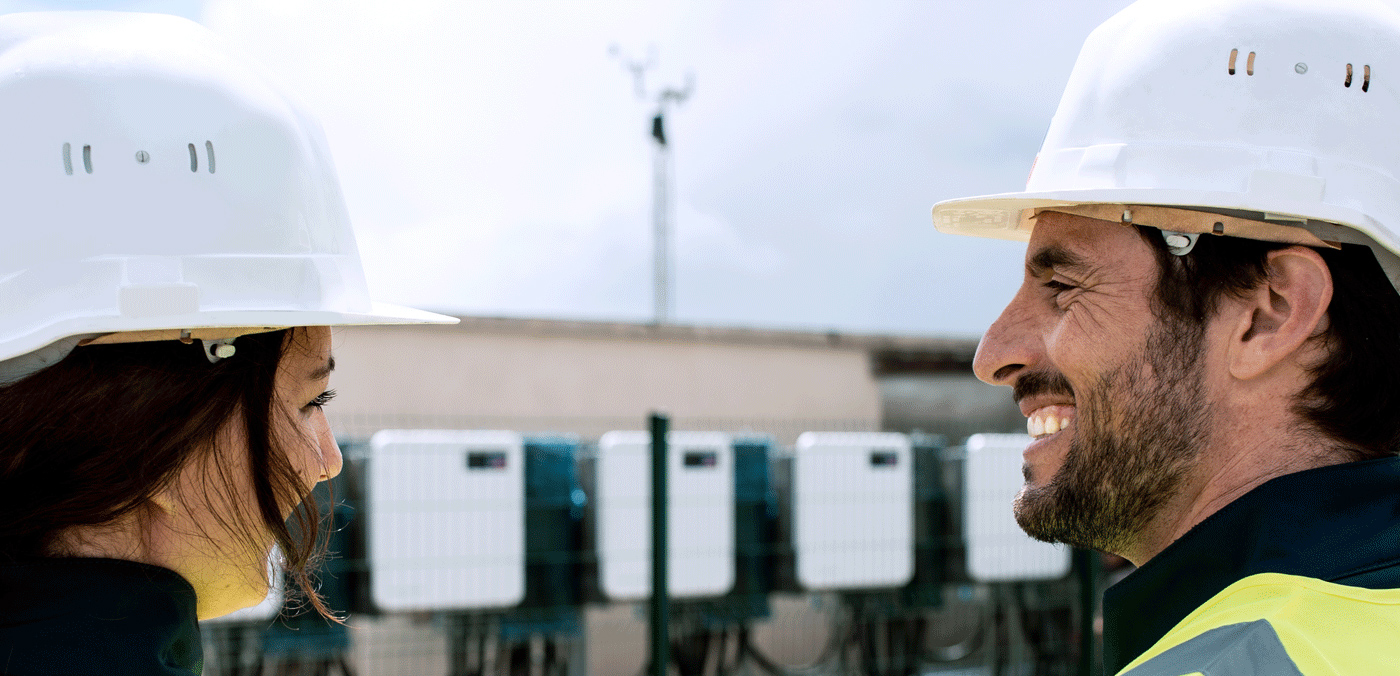
When the inverter’s service life suddenly came to an end, low performance was threatening the profitability of Guntram Grieseler’s solar power plant. He decided to modernize his plant with innovative SMA string inverter technology. As a result, Guntram Grieseler’s plant is now producing even more energy than before. Here’s how it was done.
Project owner Guntram Grieseler has been operating the Saint Guillaume solar power plant in the French community of Lüe since 2011.
With an output of 2.9 megawatts peak, the power plant supplies solar power for 1,000 households.
The Lüe solar farm sustainably blends into its surroundings, as the PV modules are placed on the roofs of greenhouses where a local organic farmer grows his vegetables. Solar energy here allows a double harvest from the same area.
When the inverters’ service life suddenly came to an end, low performance was threatening the asset´s profitability – so Grieseler decided to modernize his plant with innovative inverter technology.
“With its broad portfolio, SMA made it possible to offer our customer a tailor-made solution.”
Gerald Claus, E+WS Energie + Wasser Service GmbH
Modernizing needs to be economically and ecologically efficient
To ensure that the repowering project would be both economically and ecologically efficient, the SMA Repowering Team professionally analyzed the existing infrastructure. The challenge of replacing equipment in existing projects is to ensure that the new equipment can be easily and optimally integrated into the existing infrastructure. The cost-benefit ratio must be in balance.
SMA Repowering Team found Sunny Highpower PEAK3 inverter would best meet Grieseler’s needs and could be optimally integrated into the centralized system layout.
An advantage not only during the coronavirus pandemic: The inverter provides optimal performance at a light weight. It is cheap to transport and the PV professional can install it in a one-man show. This reduces the PV plant’s downtime and significantly minimizes revenue losses.
Thanks to the repowering, the plant is now producing even more energy than it did before.
“We´ve repowered the inverters very efficiently within only two weeks. Thanks to the SMA inverter Sunny Highpower PEAK3, we could reuse all our cabling and the existing plant solutions. This was a great benefit.”
Guntram Grieseler, Geschäftsführer, Leonidas Optima GmbH
Are you interested in finding out whether it’s worth upgrading your system and what are the benefits?
Repowering for PV power plants
For further questions send an e-mail to Repowering@SMA.de or fill out the contact form on the website.

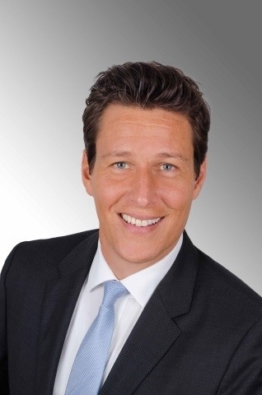

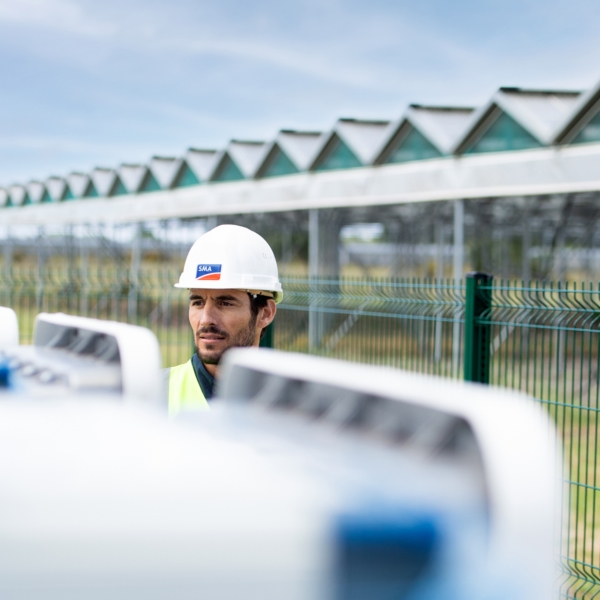
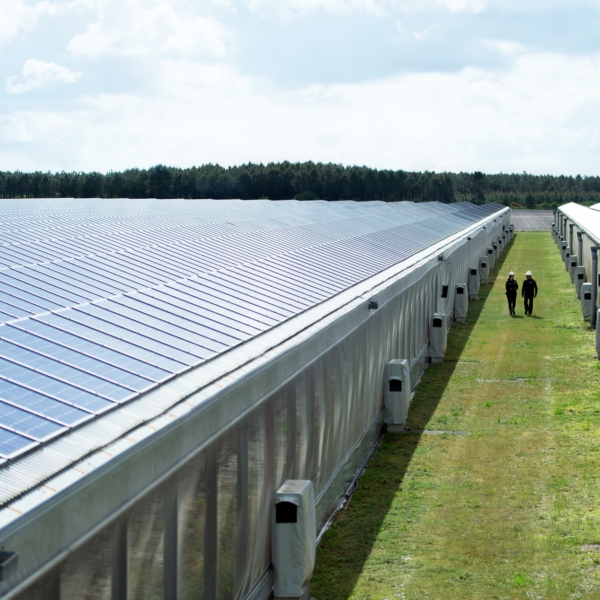
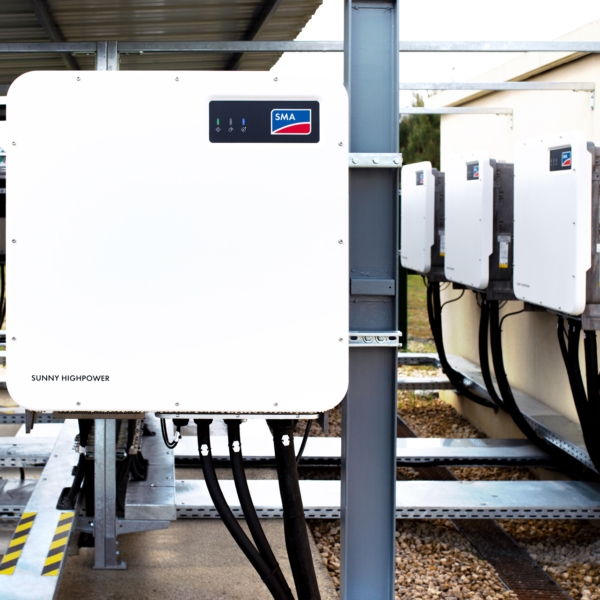
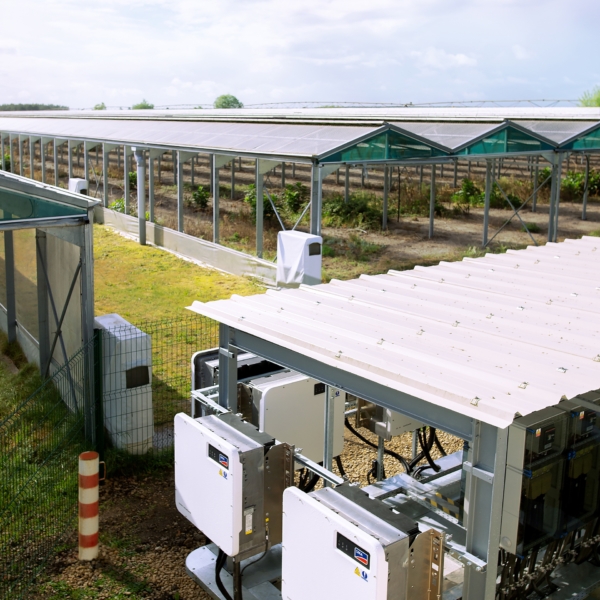
Trackbacks & Pingbacks
… [Trackback]
[…] Read More: sma-sunny.com/en/how-the-modernizing-of-your-pv-power-plant-pays-off/ […]
Feel free to contribute!